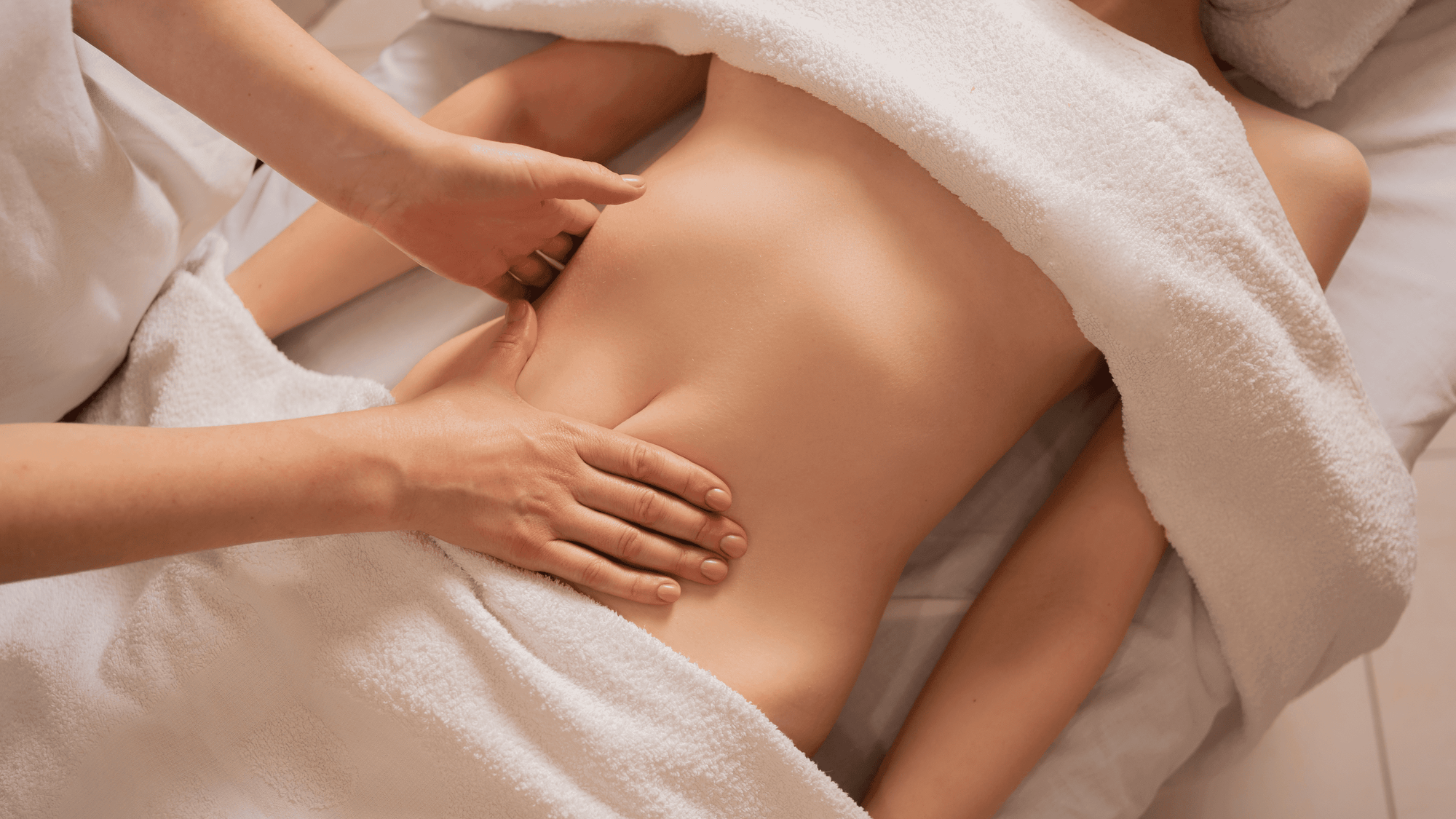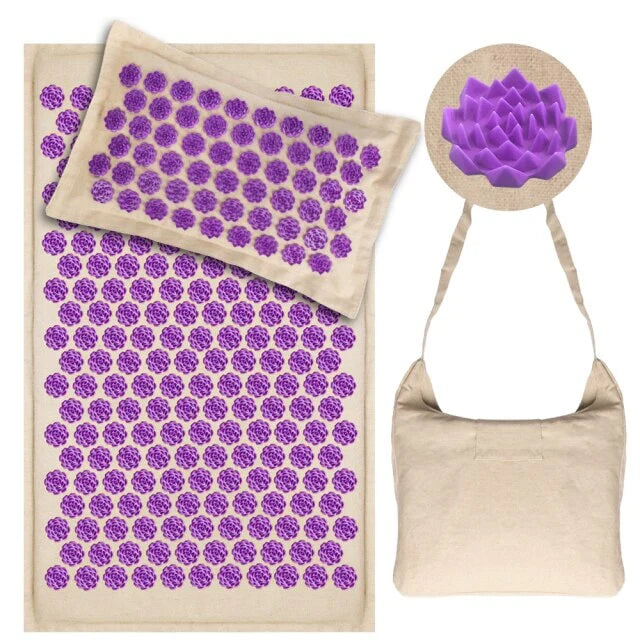Massage therapy is a practice involving the manipulation of the body's soft tissues to relieve stress, tension, and pain. Various techniques are used in massage therapy, including Swedish massage, deep tissue massage, sports massage, and myofascial release, each offering unique benefits.
Historically, massage has been practiced for thousands of years, evolving from ancient healing methods to contemporary therapeutic practices.
Today, massage is widely recognized for its numerous health benefits, such as improving circulation, enhancing flexibility, reducing muscle tension, and providing emotional relief.
Defining Toxins in the Body
Toxins are harmful substances that can originate both internally and externally. Internally, toxins include metabolic waste products like lactic acid, uric acid, and creatinine.
Externally, toxins come from pollutants, chemicals, and other environmental sources. The human body naturally processes and eliminates these toxins through organs such as the liver, kidneys, and lymph nodes.
Understanding the sources and types of toxins is crucial for discussing their relationship to massage therapy and addressing concerns about their impact on health.
Exploring the Myth of Toxin Release
Origins of the Toxin Release Myth
The belief that massage releases toxins dates back to historical practices and has been perpetuated through modern media and cultural narratives.
Early practitioners believed that manipulating muscles could expel harmful substances, a notion that has persisted despite a lack of scientific evidence. This myth suggests that massage techniques like kneading and pressure on muscle tissue help flush toxins from the body, contributing to a healthier state.
Scientific Evidence and Research
Numerous studies have investigated the claim that massage releases toxins, finding little to no evidence to support this idea. Research indicates that while massage enhances blood flow and lymphatic drainage, it does not significantly impact the levels of toxins stored in the body.
Experts in the field have debunked the myth, emphasizing the importance of evidence-based practices in massage therapy. The process of detoxification primarily occurs through the liver and kidneys, not through massage.
Common Misconceptions
One of the most prevalent misconceptions is that massage can detoxify the body. In reality, the primary benefits of massage are related to improving circulation, muscle relaxation, and the release of endorphins, not the elimination of toxins.
Understanding the psychological impact of believing in toxin release can help practitioners and clients focus on the actual benefits of massage. This belief can lead to unfounded concerns about feeling sick or experiencing mild flu-like symptoms after a massage session.
What Actually Happens During a Massage
Physiological Changes
During a massage, several physiological changes occur in the body. Blood circulation increases, promoting better oxygen and nutrient delivery to tissues. The lymphatic system is stimulated, aiding in the removal of metabolic waste products.
Muscles relax, reducing tension and promoting a sense of well-being. Neurochemicals like endorphins and serotonin are released, contributing to mood enhancement and stress relief. These changes collectively support a healthier body and mind.
Substances Released During Massage
Lactic Acid
Lactic acid is a byproduct of anaerobic metabolism, commonly associated with muscle soreness. During a massage, increased circulation helps to remove lactic acid from muscles, reducing soreness and improving recovery. This is particularly beneficial for individuals engaged in sports and physical activity.
Uric Acid and Creatinine
Uric acid and creatinine are metabolic byproducts that the body eliminates through the kidneys. While massage can enhance circulation, it does not significantly alter the levels of these substances in the body. However, the increased blood flow can support the natural detoxification process.
Stress Hormones (Cortisol and Adrenaline)
Massage therapy can reduce the levels of stress hormones such as cortisol and adrenaline. This reduction is associated with the relaxation response and the overall calming effect of massage. Lowering these hormones can help improve mood and reduce stress-related health issues.
Managing Perceived Symptoms of Toxin Release
Post-Massage Reactions
Some individuals experience reactions such as headaches or fatigue after a massage. These symptoms are often misinterpreted as signs of toxin release but are more likely related to the body’s response to relaxation and increased circulation. Understanding these reactions can help clients avoid unnecessary concerns.
Hydration and Detoxification
Staying hydrated is important after a massage to support overall health and well-being. However, the idea that drinking water helps flush toxins released during a massage is a myth.
Proper hydration aids normal bodily functions, including the natural elimination processes. Drinking plenty of water after a massage can help maintain hydration but does not directly influence toxin levels.
Best Practices for Post-Massage Care
To maximize the benefits of a massage and minimize any discomfort, follow these best practices:
- Stay hydrated by drinking plenty of water.
- Rest and avoid strenuous physical activity.
- Practice gentle stretching to support muscle relaxation.
The Benefits of Massage Beyond Toxin Release
Enhancing Physical Health
Massage therapy offers numerous physical health benefits, including pain relief, improved flexibility, and faster muscle recovery. Regular massages can help maintain muscle health, prevent injuries, and manage conditions like muscle pain and myofascial trigger points. These benefits contribute to a healthier and more active lifestyle.
Promoting Mental Well-being
Massage therapy significantly contributes to mental well-being by reducing stress, anxiety, and depression. It promotes relaxation and improves sleep quality, enhancing overall mental health. The emotional benefits of massage are substantial, helping individuals feel more balanced and less stressed.
Supporting Immune Function
Regular massage therapy can boost the immune system by increasing lymphatic circulation and reducing stress hormones, which can negatively impact immune function. This enhanced lymph flow helps the body filter out harmful substances more effectively, supporting overall health.
New Perspectives and Future Research
Emerging Trends in Massage Therapy
The field of massage therapy is constantly evolving, with new techniques and integrative approaches being developed. Innovations such as the use of technology, personalized therapy plans, and holistic treatments are becoming more common. These advancements aim to provide more effective treatment and improve the overall client experience.
Future Directions in Research
Future research in massage therapy may explore the molecular and cellular effects of massage, further debunking myths and validating the benefits of this practice.
Collaborations between therapists and researchers can lead to more evidence-based approaches and improved client outcomes. Ongoing studies will continue to shed light on the many ways massage therapy can benefit physical and emotional health.
Conclusion
Massage therapy offers numerous benefits, including improved circulation, muscle relaxation, and stress reduction. The myth of toxin release has been debunked by scientific research, highlighting the importance of focusing on the actual physiological changes that occur during a massage.
While the belief in toxin release is widespread, the real benefits of massage are related to enhancing physical and emotional well-being through increased blood flow, reduced stress hormones, and muscle relaxation.
FAQ about toxins released after massage
1. Do massages release toxins from the body?
Massage therapy does not release toxins from the body. This is a common myth. Scientific research shows that while massage enhances blood circulation and lymphatic drainage, it does not significantly affect the levels of toxins in the body. The primary benefits of massage are related to muscle relaxation, improved blood flow, and stress reduction.
2. What toxins are believed to be released during a massage?
Some people believe that massages release toxins such as lactic acid, uric acid, and creatinine. However, there is no evidence to support this claim. The body naturally processes and eliminates these metabolic waste products through the liver and kidneys, not through massage.
3. Can massage make you feel sick by releasing toxins?
Feeling sick after a massage is more likely due to increased circulation and the body's response to relaxation rather than the release of toxins. Symptoms like mild headaches or fatigue are common but are not caused by toxins being released. Staying hydrated and resting after a massage can help mitigate these symptoms.
4. Why do some people feel tired after a massage?
Tiredness after a massage is often due to the body's relaxation response and the reduction of stress hormones like cortisol. Massage therapy promotes a state of relaxation, which can lead to feelings of fatigue as the body shifts from a heightened state of alertness to a more restful state.
5. Is it necessary to drink water after a massage to flush out toxins?
Drinking water after a massage is beneficial for overall health and helps maintain hydration, but it is not necessary for flushing out toxins. The body’s detoxification processes are primarily managed by the liver and kidneys. Hydration supports these functions but does not specifically flush toxins released by massage.
6. What are the actual benefits of massage if it doesn’t release toxins?
Massage therapy offers numerous benefits, including improved circulation, reduced muscle tension, enhanced flexibility, and stress relief. It also promotes the release of endorphins, which can improve mood and overall emotional well-being. These benefits contribute to better physical and mental health.
7. Can massage help with muscle pain without releasing toxins?
Yes, massage can effectively relieve muscle pain without releasing toxins. Techniques like deep tissue massage and myofascial release help reduce muscle tension, increase blood flow, and alleviate pain by targeting specific areas of discomfort and promoting relaxation.
8. What is the role of the lymphatic system in massage?
The lymphatic system helps remove waste products and excess fluids from the body. Lymphatic drainage massage stimulates this system, enhancing its function and promoting the removal of metabolic waste products. This process supports overall immune function and helps maintain fluid balance in the body.
9. Are there any scientific studies that support the idea of toxin release during massage?
There are no scientific studies that support the idea that massages release toxins. Research consistently shows that the primary effects of massage are improved circulation, muscle relaxation, and stress reduction. The belief in toxin release is a myth that has been debunked by experts in the field.
10. How can massage therapists address clients' concerns about toxin release?
Massage therapists can address clients' concerns by providing accurate information based on scientific evidence. Educating clients about the actual benefits of massage, such as improved circulation and reduced muscle tension, can help dispel myths about toxin release.
Therapists can also encourage clients to ask questions and learn more about the physiological effects of massage.








